Sunflowers
chickencoupe
10 years ago
Related Stories

MOST POPULARSummer Crops: How to Grow Sunflowers
Savor snack-tastic sunflower seeds once the radiant blooms have faded — if the birds have saved you any, that is
Full Story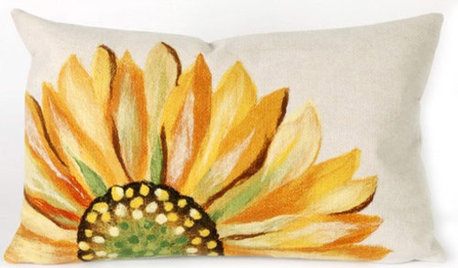
PRODUCT PICKSGuest Picks: Sunshine and Sunflowers for Summer
Boost your mood with accessories, tiles and furnishings recalling two of the cheeriest things around
Full Story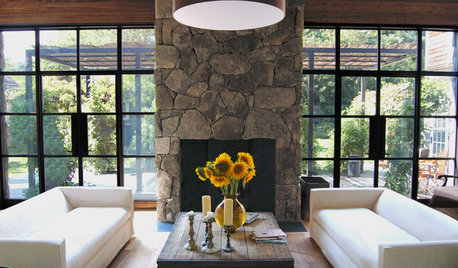
ACCESSORIESFavorite Blooms: Summer Sunflowers
Add a Week's Worth of Instant Cheer for Less Than 10 Dollars
Full Story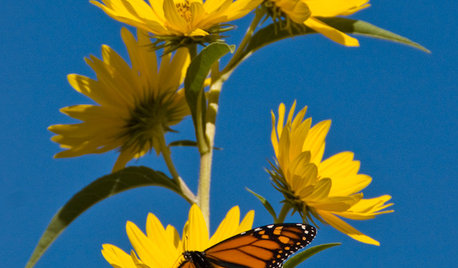
GARDENING GUIDESGreat Design Plant: Helianthus Maximiliani Attracts Beneficial Insects
Maximilian sunflower’s striking yellow flowers light up the fall landscape and attract pollinators and beneficial insects at a crucial time
Full Story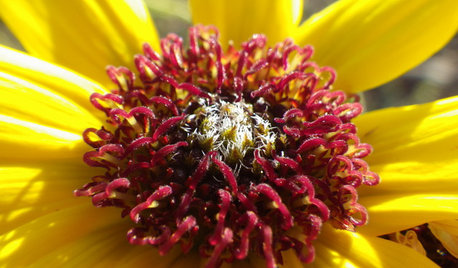
GARDENING GUIDESGreat Design Plant: Helianthus Petiolaris
Short and stunning, prairie sunflower brightens the garden and helps butterflies, birds and more
Full Story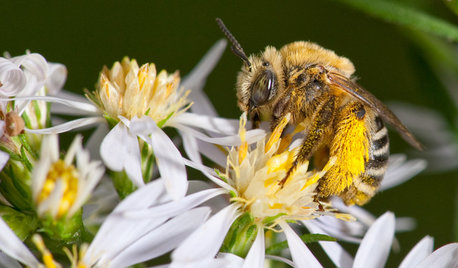
GARDENING GUIDESLook for Long-Horned Bees on Summer's Flowers
These insects are busy in the garden come summer and fall, pollinating sunflowers, coneflowers, asters and more
Full Story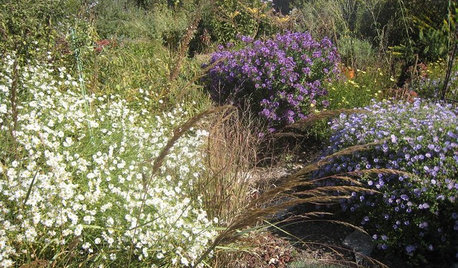
GARDENING GUIDESCentral Plains Gardener's September Checklist
This month, go easy on the deadheading, savor the beauty of sunflowers and look ahead to next year's garden
Full Story
GARDENING GUIDESBackyard Birds: How to Care for American Goldfinches
The American goldfinch is a bright-in-the-summer visitor and one of the only vegetarian songbirds. Here's how to give them a healthy habitat
Full Story
DECORATING GUIDESTake Cues From Van Gogh’s Art for Bright and Cheery Interiors
Consider complementary color schemes, welcome unmatched furniture and embrace the stars for a more joyful home
Full Story
GARDENING GUIDES13 North American Backyard Birds to Know
Find out about these enchanting native species and learn how to attract them to your yard
Full Story





Okiedawn OK Zone 7
chickencoupeOriginal Author
Related Professionals
Goodyear Landscape Contractors · Milford Landscape Contractors · Bound Brook Landscape Contractors · Eagle Landscape Contractors · Gaithersburg Landscape Contractors · Hampton Bays Landscape Contractors · Mastic Beach Landscape Contractors · Oakland Landscape Contractors · Sammamish Landscape Contractors · Wentzville Landscape Contractors · Maple Grove Decks, Patios & Outdoor Enclosures · Green Bay Decks, Patios & Outdoor Enclosures · New Berlin Decks, Patios & Outdoor Enclosures · Renton Decks, Patios & Outdoor Enclosures · Richmond Decks, Patios & Outdoor EnclosureschickencoupeOriginal Author
Okiedawn OK Zone 7
chickencoupeOriginal Author
Okiedawn OK Zone 7
chickencoupeOriginal Author
chickencoupeOriginal Author
Lisa_H OK
chickencoupeOriginal Author
slowpoke_gardener
chickencoupeOriginal Author
chickencoupeOriginal Author